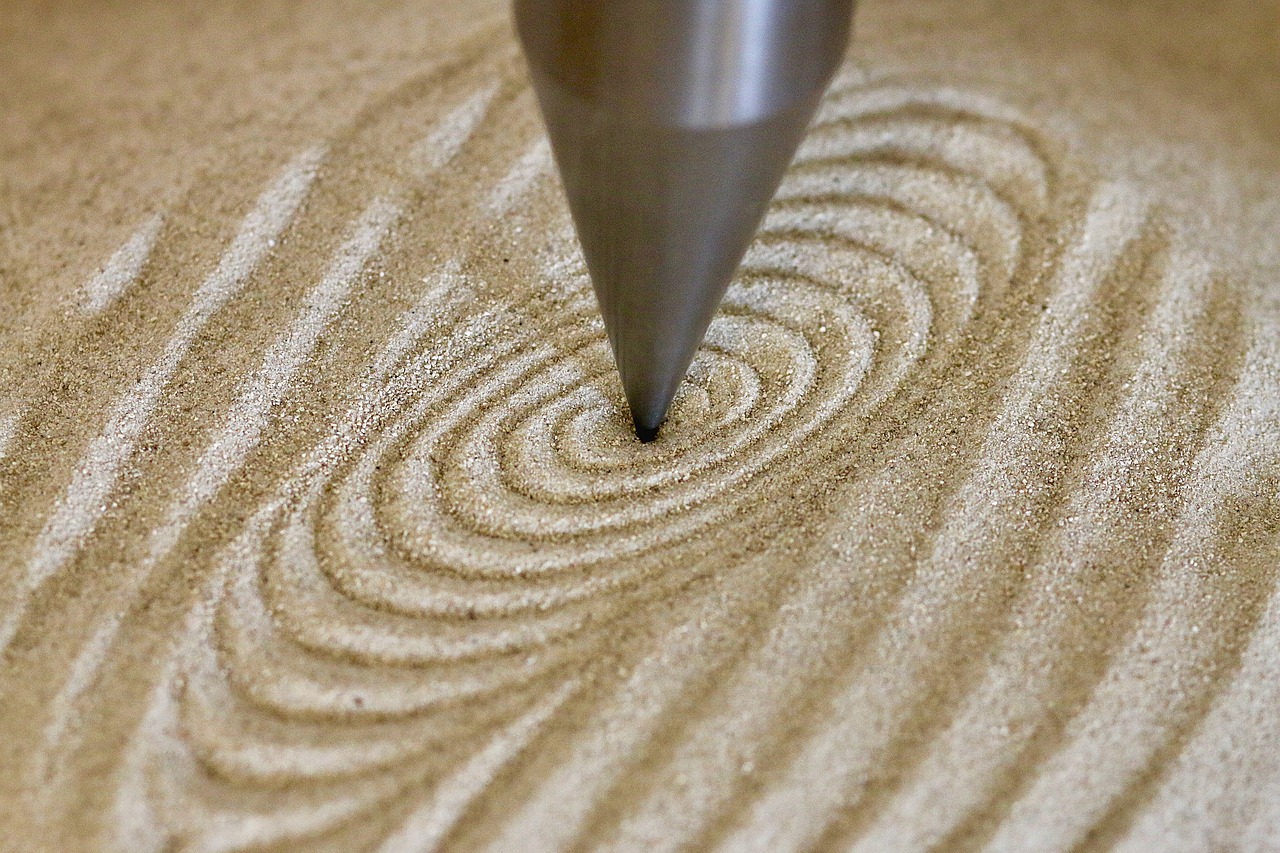Hypnosis: Esoteric Spirituality’s Missing Key

Coined only during the 19th century, the term hypnosis (from Greek hypnos, meaning “sleep,” and -osis, meaning “condition”) describes a phenomenon that goes back to the “sleep temples” of ancient Egypt and the Asclepeions (healing temples dedicated to Asclepius, the god of sleep) of ancient Greece. And although it has been ignored (and partially disguised by many modern spiritual masters), hypnosis lies at the root of contemporary spirituality as well. Let’s look briefly at this history:
In France, during the 18th century, the Christian mystic Louis Claude de Saint-Martin (1743–1803) joined the Society of Harmony in Paris. This had been founded by the celebrated hypnotist Anton Mesmer to teach his hypnotic practice.
Also known as Le Philosophe Inconnu (the unknown philosopher), Saint-Martin’s writings later formed the basis of the mystical tradition of “Martinism,” which aims to “repair” the rift between man and God that occurred (in Saint-Martin’s view) with the Fall and the expulsion of Adam and Eve from the Garden of Eden.
Saint-Martin later became concerned that Mesmerism could expose practitioners to the influence of spirits or “astral intelligences.” But other spiritual renegades were discovering Mesmerism around the same time, and, moreover, were introducing his techniques to French “high-grade” Freemasonry.
Freemasonry had emerged out of the stonemasons’ guild of Great Britain in 1717 but, within a few decades, was enjoying enormous popularity in continental Europe. There, all kinds of new and competing Masonic Orders and Rites were created.
All highly ritualistic, these Orders and Rites were influenced by Rosicrucianism, alchemy, Hermeticism, and Kabbalah, among other esoteric spiritual traditions. Mesmer’s hypnotic techniques enabled the more mystically-inclined Freemasons to infuse ritual with trance, specifically with the aim opening the consciousness to divine influence or revelation.
Eventually, during the late 19th and early 20th centuries, out of Freemasonry emerged such magical Orders as the Hermetic Order of the Golden Dawn and the Ordo Templi Orientis. However, by then, the aspect of trance had already become more complicated. Along with Buddhist (Dharma) and Hindu (Sanatana Dharma) spiritual concepts, Eastern meditation techniques had begun to flood into Western spiritual traditions:
The now largely-forgotten but once highly-influential movement of Theosophy (founded in New York City by Russian emigre Mme. Helena Blavatsky), had borrowed heavily from Hinduism.
Arthur Avalon had introduced the practice of chakra meditation to the English-speaking world.
And, having learned Buddhist meditation techniques in the Himalayas, the notoriously publicity-seeking magus Aleister Crowley described them in his book Magick (1913). Significantly, Crowley also presented meditation (pranayama, mantra yoga, etc.) and its stages (dhyana, samadhi, etc.) as foundational to Western ceremonial magic. And, yet, he was aware that such practices were akin to hypnosis. Hence in his poem “Pentecost,” published in his Sword of Song (1904), Crowley says that,
You weary me with proof enough
That all this meditation stuff
Is self-hypnosis. Be it so!
Do you suppose I did not know?
Briefly associated with Crowley, Austin Osman Spare (1886-1956) was a visionary artist and occultist who used automatic drawing (as did the Surrealists later on) and automatic writing. The latter had, of course, been used in spiritualist seances. But it had also been studied in medical hypnotism.
Spare created his own magical technique for influencing reality. He would write down his desire and, from it, would create a “sigil” (a kind of abstract, geometric shape) or, sometimes, a kind of abstract mantra. Then, entering into an altered state of consciousness, he would focus all his attention on the sigil, for example, implanting it in the “unconscious” (a concept that he probably derived from Freud, who, like Jung, had practiced hypnotism early in his career).
Previous magicians had attempted to commune with external, divine intelligences, of course. Spare’s attempts to influence the subconscious, while in a trance state, exactly parallels the practice of hypnotism and was (directly or indirectly) certainly derived from it.
Notably, too, Gerard Encausse (AKA Papus, “physician”) was a medical hypnotist and George Ivanovich Gurdjieff (founder of the Fourth Way) was also a practicing hypnotist.
We find significant hints of, or references to, hypnotism elsewhere in the Western esoteric tradition: Willy Schrodter’s Rosicrucian Notebook is full of references to Mesmer. The Fraternitas Saturni‘s practice of the pendulum and its notion of “magnetic passes” (influencing another person with subtle, inner energy) can both be traced back to Mesmer. Lastly, Israel Regardie also mentions hypnotism briefly in his heavily Zen-, Hindu-, and Kabbalah-influenced Foundations of Practical Magic.
Over the last few centuries, the “Western esoteric tradition” has drawn in all kinds of spiritual traditions (from across the globe), along with ideas from psychology, science, ancient cultures, and popular culture. But, at its roots, Western esotericism is a fusion of “high-grade” Freemasonry with hypnotism.
Results may vary from person to person.
